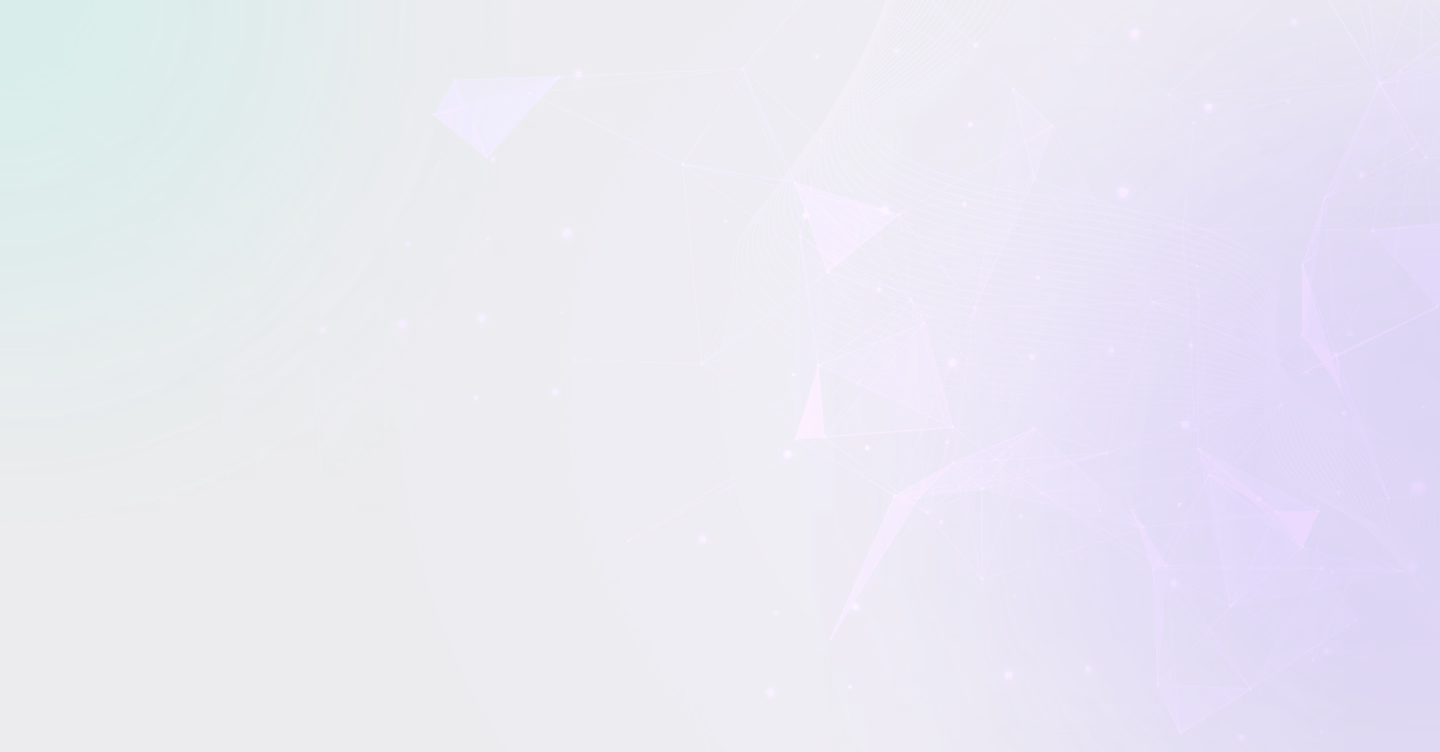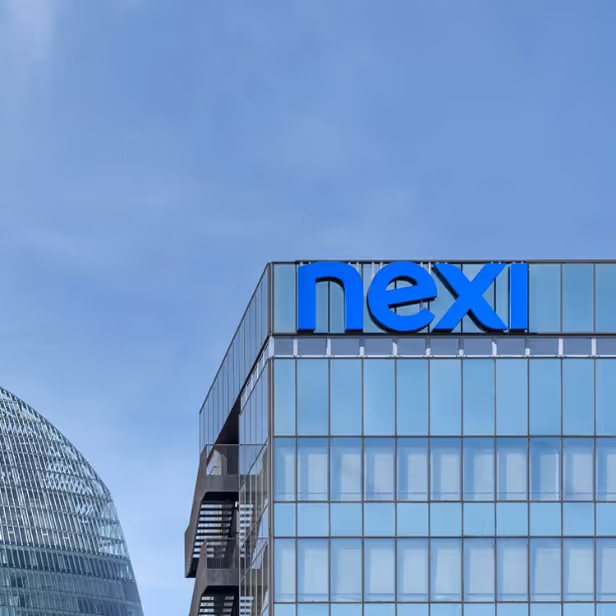

.svg)


.svg)














Intelligent Document Processing is the process of classifying and extracting data from business documents using multiple artificial intelligence (AI) and machine learning (ML) technologies to enable end-to-end process automation.
First-generation IDP solutions put a modern interface on top of OCRs. They used AI and ML to extract data from OCRs, but required extensive initial training and ongoing maintenance. They lacked crowd-sourced worker to train AI during setup, post-processing, and exception handling to continuously improve automation rates. They only provided AI provided levels at a document or field level, but did not guarantee outcomes - quality, cost, or speed.
IDP solutions are designed to only process documents. UDP solutions on the other hand offer a unified AI platform that is able to process any unstructured data type - documents, images, videos, audio, and text.
Optical Character Recognition (OCR) has been used to digitize scanned documents for decades. Later iterations of OCR solutions allowed users to extract data from digitized documents using templates that defined the position of fields in various documents. These solutions worked well for the structured documents but required a lot of setup and maintenance for semi-structured documents such as invoices and purchase orders.
IDP solutions are modern solutions designed for business users to extract data from structured and semi-structured documents. They use AI and ML to classify and extract data from documents digitized using OCRs to deliver higher accuracy at a lower cost.
Document AI is another name for modern cloud-based OCR solutions that leverage AI and ML to improve the quality of document digitization. IDP solutions are built on top of OCR and Document AI solutions to classify and extract data from documents.
Super.AI IDP differs from competitors in the following areas:
IDP is sometimes also referred to as AI document processing.
Data capture solutions were document classification and extraction solutions that used regular expression to classify documents and templates to extract data from structured and semi-structured documents.
IDP solutions use a combination of computer vision, document AI, OCR, fuzzy matching, machine learning, supervised learning, and/or active learning to classify and extract data from documents.
IDP solutions include some of following components:
Super.AI IDP solution is designed to process any type of document - structured, semi-structured, or unstructured. It can process handwritten notes and understand signatures, logos, and stamped approvals.
IDP solutions, including those from super.AI, can handle multiple document formats - Digitala and scanned PDFs, TIFF, GIF, JPED, PNG, etc.
Many IDP solutions, including super.AI, can classify a document.
Some IDP solutions can process handwriting. However, the capabilities are all over the map. Some only handle block text. Others can handle cursive. Most have a limited number of languages they can process a document in. Since super.AI has an open architecture, it can be easily customized to use the best document AI or OCR solutions for handwriting in a given language.